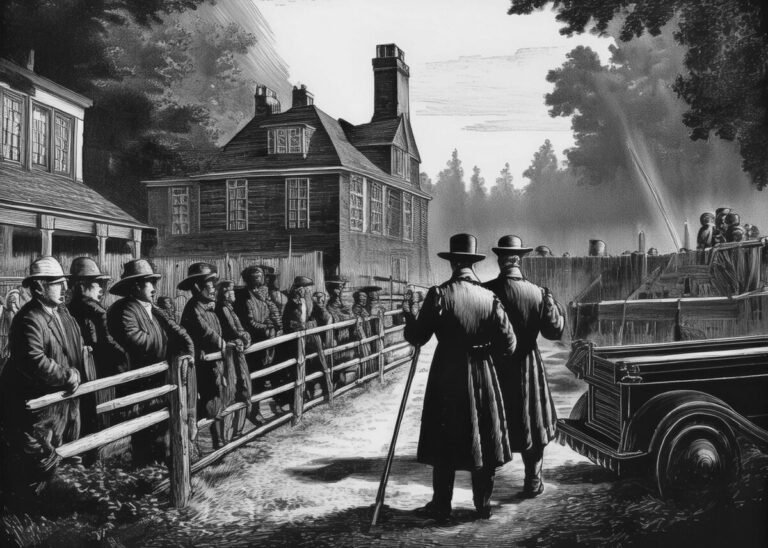In real estate transactions, a title administrator is crucial in ensuring the property title is clear and free of any encumbrances or legal issues. This position requires a thorough understanding of property law, title searches, and the complexities of real estate transactions.
One of the primary responsibilities of a title administrator is to conduct a title search to verify the property’s ownership history and identify any liens, encumbrances, or other issues that may affect the title. This involves reviewing public records, such as deeds, mortgages, and court documents, to ensure that the seller has the legal right to transfer ownership of the property to the buyer.
Additionally, the title administrator is responsible for preparing the title commitment, which is a document that outlines the conditions under which the title insurance policy will be issued. This includes identifying any exceptions or exclusions from coverage and providing information about the title insurance company and the policyholder.
During the closing process, the title administrator works closely with all parties involved in the transaction, including the buyer, seller, real estate agents, lenders, and attorneys, to ensure the closing documents are accurate and executed correctly. This may include coordinating funds transfer, recording the deed with the appropriate government agency, and issuing the final title insurance policy.
Furthermore, the title administrator is critical in resolving any title issues that may arise during the transaction. This could involve working with the seller to clear up outstanding liens or judgments, obtaining releases for paid-off mortgages, or resolving boundary disputes with neighboring properties.
Overall, the title administrator is vital in facilitating smooth and successful real estate transactions by ensuring that the property title is clear and marketable. Their attention to detail, property law expertise, and customer service commitment help provide peace of mind to buyers, sellers, and lenders alike.










































Leave a Reply